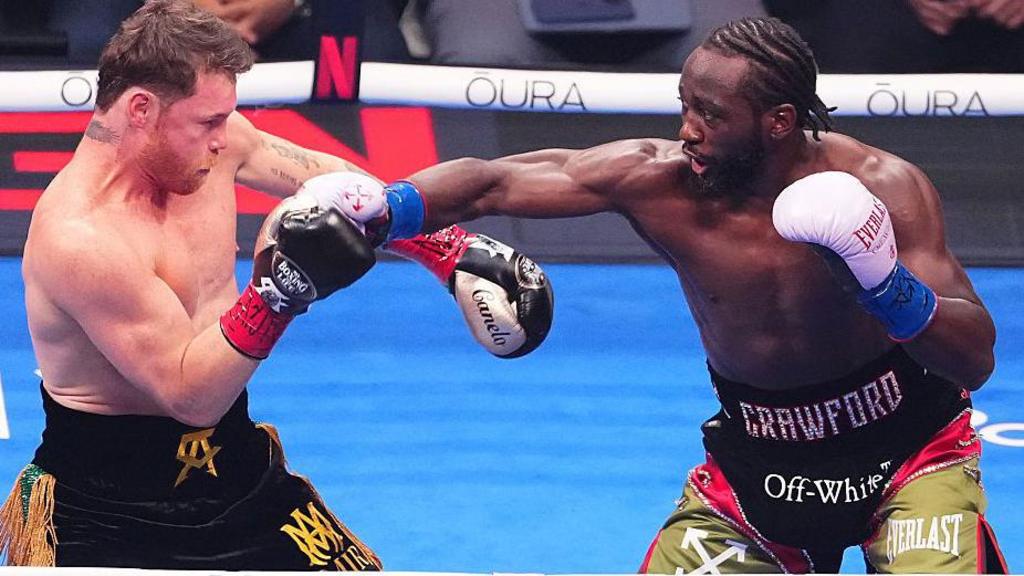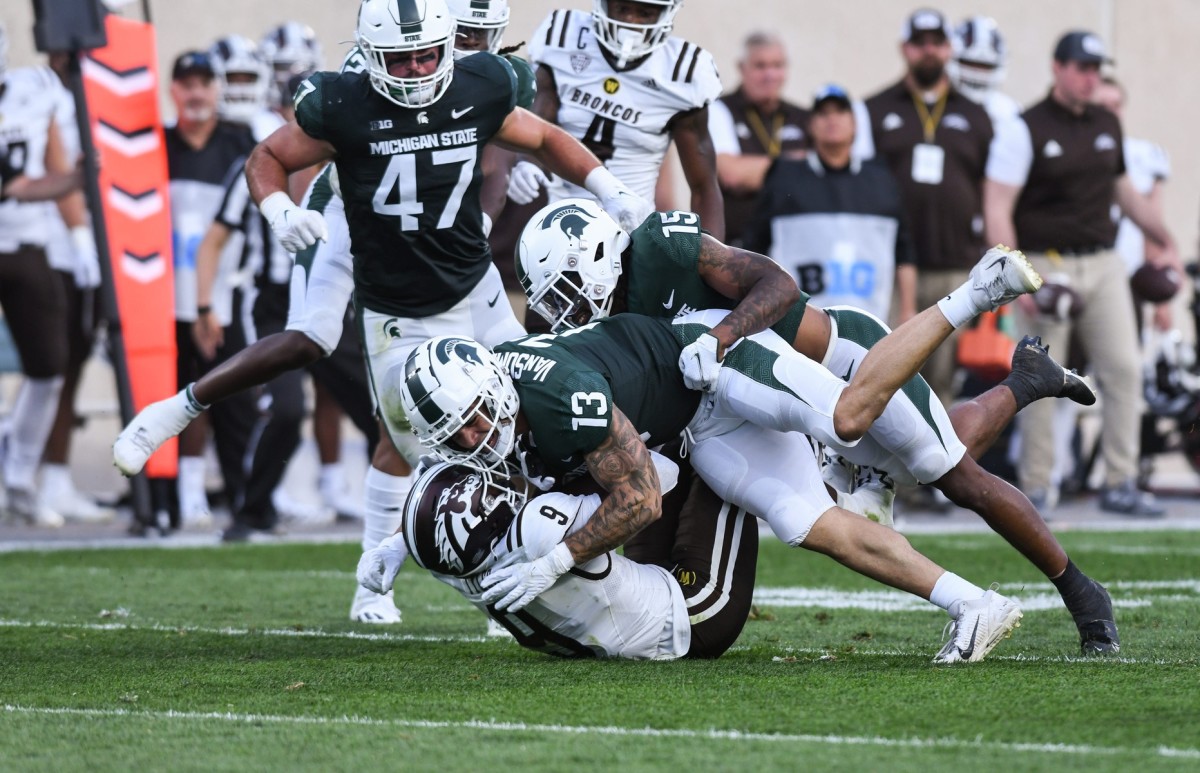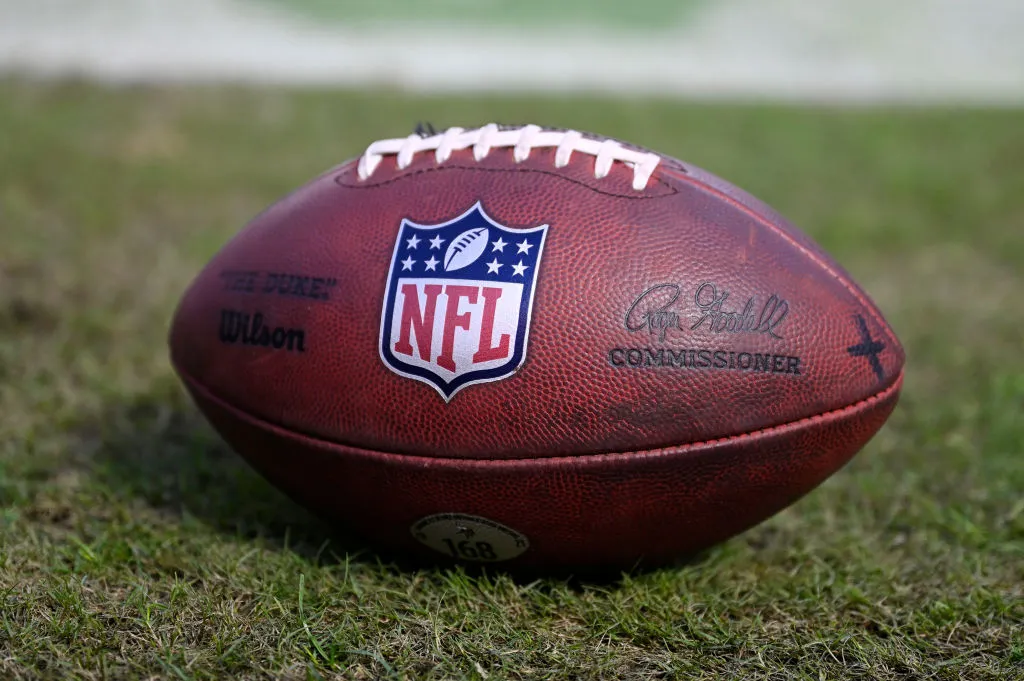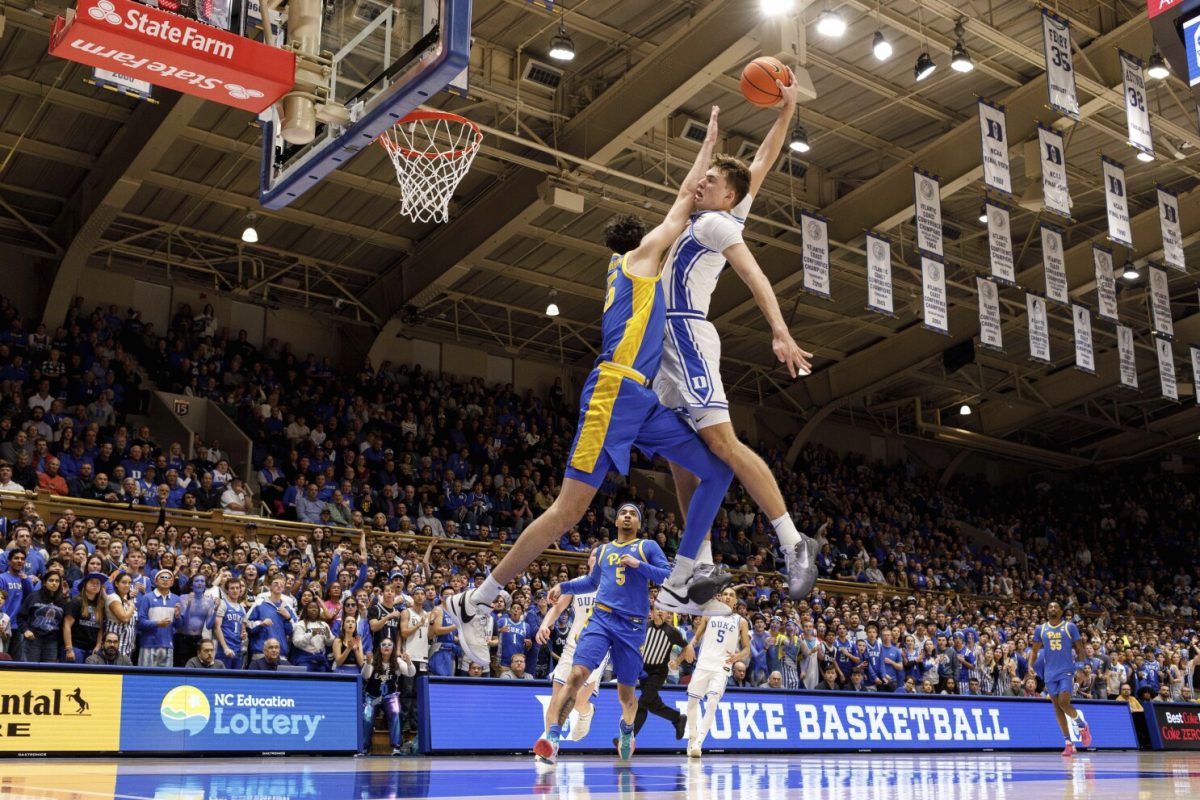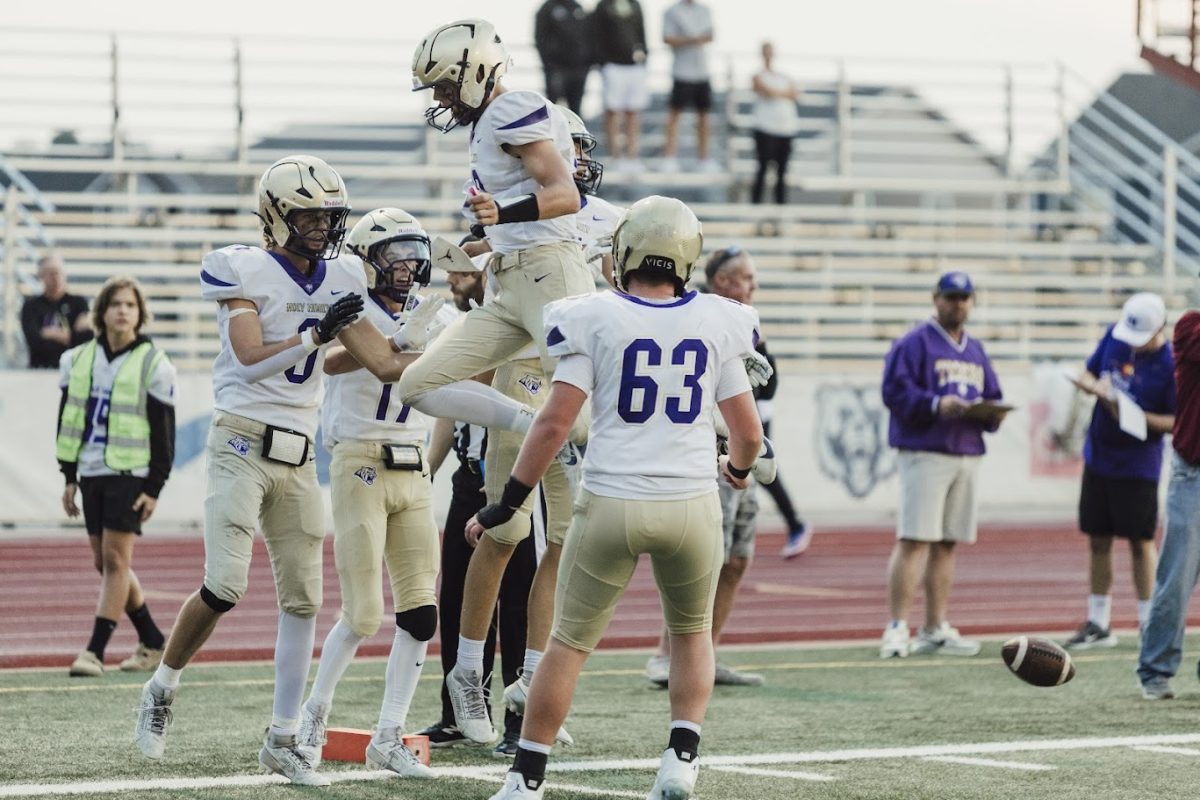In the world of professional golf, a new rivalry has taken root, the historic PGA Tour versus the upstart LIV Golf League. What began as quiet became a global disruption, with top players, massive payouts, and controversy reshaping the fairways.
The PGA Tour, steeped in tradition has long been the pinnacle of professional golf. Legends like Tiger Woods, Rory McIlroy, and Scottie Scheffler have built their careers there. It’s a place where legacy, competition, and tradition reign supreme.
Then came LIV Golf backed by Saudi Arabia’s Public Investment Fund, offering nine-figure contracts and a promise to revolutionize the sp ort. Big names like Dustin Johnson, Brooks Koepka, Phil Mickelson, and Bryson DeChambeau shocked the world by defecting. The lure? Fewer events, guaranteed money, and a flashy, team-based format.
ort. Big names like Dustin Johnson, Brooks Koepka, Phil Mickelson, and Bryson DeChambeau shocked the world by defecting. The lure? Fewer events, guaranteed money, and a flashy, team-based format.
Fans were divided. Some welcomed change and enjoyed LIV’s more relaxed style, while others saw it as a threat to golf’s integrity. The PGA Tour responded by restructuring prize money and introducing more events to retain talent. Rory McIlroy became a vocal defender of the PGA, while Koepka and others embraced LIV’s disruptive vision.
As legal battles cooled and tensions simmered, talks of a merger surfaced in 2023, sparking hope for unity — or at least coexistence. Some players began eyeing a world where both tours could survive, each catering to different audiences.
Now, with young stars like Ludvig Åberg and veterans like Jon Rahm navigating both commercial and competitive pressures, golf stands at a crossroads. But with both the game is never been as global and popular.

Players see those that left disrespectful and betrayal. Rory and Tiger publicly criticized the players that left to LIV Golf, with them wanting massive payouts but still wanting to participate in the majors. They felt that it was disrespectful to the game and PGA itself so they could have their nine figure payouts and play golf as a joke.







